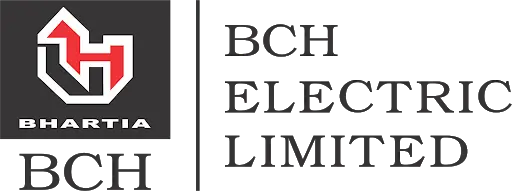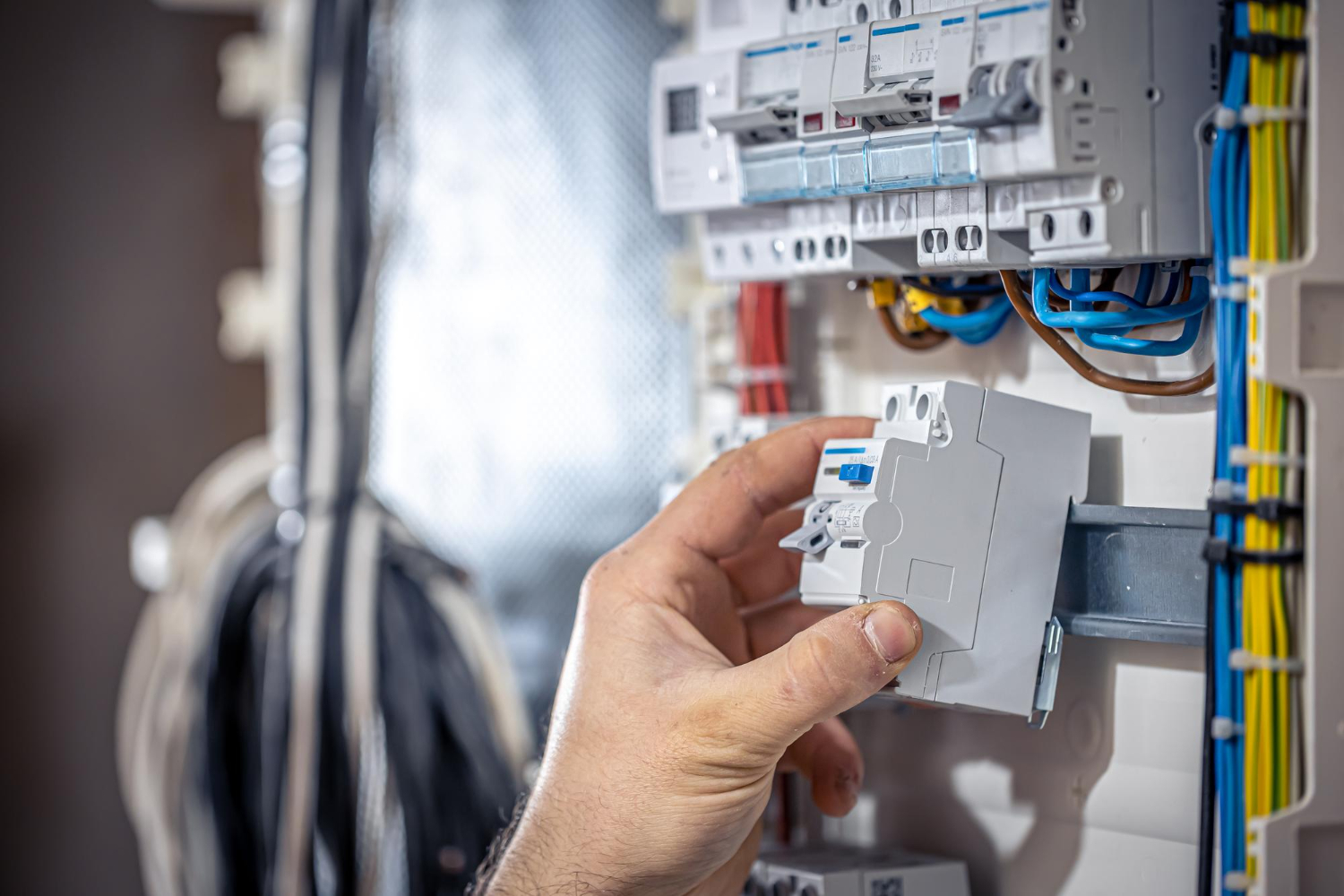Electrical safety has become non-negotiable in both residential and industrial setups. Among the many protective devices used today, the Residual Current Circuit Breaker (RCCB) is a critical component in safeguarding people and property from electrical hazards like shock and fire.
While RCCBs are used in both homes and industries, they are not the same. The design, sensitivity, current ratings, and application differ significantly based on where they’re installed.
So, what sets apart an RCCB for a home from one used in an industrial environment? Let’s break it down.
What is an RCCB?
An RCCB is an electromechanical device designed to disconnect the electrical supply when it detects leakage current, typically caused by insulation failure or accidental contact. It helps prevent:
-
Electric shocks to humans
-
Electrical fires caused by earth leakage
-
Equipment damage due to unsafe leakage currents
RCCB for Home Use
Key Features:
-
Lower Current Rating
-
Typically ranges from 25A to 63A
-
Suitable for domestic appliances and lighting loads
-
-
High Sensitivity
-
Usually set at 30mA, the threshold considered safe for human protection
-
Offers fast tripping in case of minor leakage
-
-
2-Pole Design
-
Most home RCCBs are 2-pole (live and neutral)
-
Used in single-phase residential setups
-
-
Primary Purpose: Human Safety
-
The focus is on preventing electric shock to residents, especially in bathrooms, kitchens, and outdoors
-
-
Compact and Easy to Install
-
Fits easily in home distribution boards (MCB boxes)
-
DIN rail mountable
-
RCCB for Industrial Use
Key Features:
-
Higher Current Rating
-
Often ranges from 63A to 100A or more
-
Designed for heavy machinery, motors, and industrial panels
-
-
Lower Sensitivity
-
Settings like 100mA or 300mA are common
-
Prevents nuisance tripping due to minor leakages common in large equipment
-
-
4-Pole Design
-
Industrial RCCBs are often 4-pole (3-phase + neutral)
-
Suitable for 3-phase electrical systems common in factories
-
-
Purpose: Equipment & Fire Safety
-
Focus is more on fire prevention and equipment protection than personal safety alone
-
-
Built for Rugged Environments
-
Industrial RCCBs are often more durable and compliant with IP protection for dusty or moist environments
-
Key Differences at a Glance
|
Feature |
RCCB for Home |
RCCB for Industry |
|---|---|---|
|
Current Rating |
25A–63A |
63A–100A+ |
|
Sensitivity |
30mA |
100mA / 300mA |
|
Poles |
2-Pole |
4-Pole |
|
Phase |
Single-phase |
Three-phase |
|
Primary Function |
Shock protection |
Equipment & fire protection |
|
Size & Design |
Compact |
Heavy-duty |
|
Use Case |
Appliances, lighting |
Motors, machinery, industrial panels |
Why Choosing the Right RCCB Matters
Installing an inappropriate RCCB can lead to:
-
Frequent nuisance tripping in industrial setups
-
Inadequate protection in homes
-
Unsafe operation of sensitive equipment
-
Non-compliance with electrical safety standards
Hence, choosing the correct type and rating of RCCB is essential for both safety and functionality.
Recommended: BCH Electric RCCBs for All Applications
Whether you need RCCBs for residential or industrial purposes, BCH Electric offers a wide range of ISI-marked RCCBs trusted by electricians and engineers across India.
BCH RCCB Range:
-
✅ Current Ratings: 25A to 100A
-
✅ Sensitivities: 30mA, 100mA, 300mA
-
✅ 2-Pole and 4-Pole Variants
-
✅ Conforms to IS 12640 Part 1
-
✅ DIN Rail mounting for easy installation
With robust designs and reliable performance, BCH RCCBs ensure the highest level of protection — be it for a modern apartment or a heavy-duty industrial plant.
Explore BCH RCCBs: https://www.bchindia.com/product/rccb
Final Thoughts
RCCBs are not one-size-fits-all.
Understanding the differences between residential and industrial RCCBs ensures you choose the right device for the right application. Always consult a licensed electrician or electrical consultant before installation.
Whether you’re powering your dream home or managing a high-load industrial facility, trust safety with the right RCCB — and choose proven brands like BCH Electric for reliable protection.


